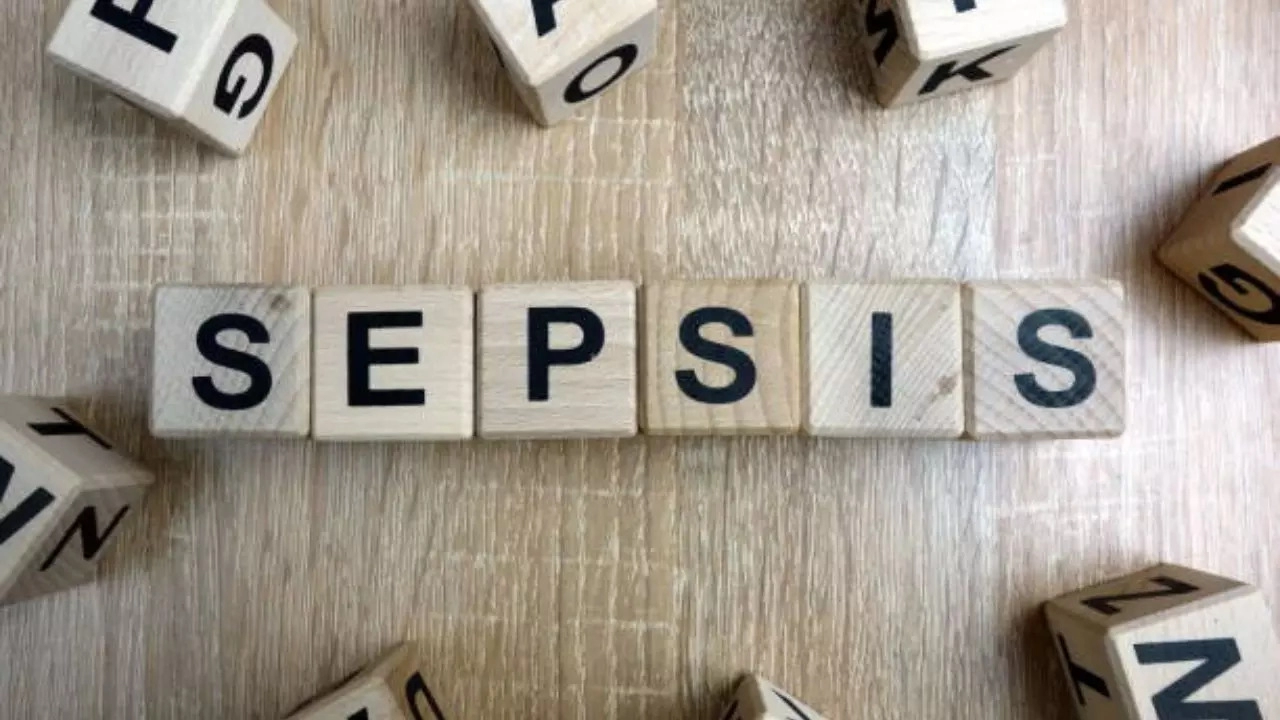Ashima Sharda Mahindra • 04 Sep 2024
Sepsis Survivors In The US Remain in Danger of Re-Hospitalization; Ways To Reduce The Risk Of Recurrence

Sepsis causes organ dysfunction, shock, and tissue damage, and can be fatal in up to half of cases
For those who survived the deadly, life-threatening bloodstream infection sepsis – the risk of recurrence that sends you back to hospital within a month remains extremely high, new data has revealed. A study, conducted by Augusta University in Athens, Georgia says at least 23.6 per cent of those with sepsis are readmitted.
Research involving over 7,100 patients with sepsis or blood poisoning - a life-threatening medical condition that occurs when the body has an extreme response to an infection, says a quarter were rehospitalized within 30 days of being discharged.
Sepsis can cause organ dysfunction, shock, and tissue damage, and can be fatal in up to half of cases.
According to researchers, hospital readmission occurs among those patients "considered well enough to be discharged home or to home health care," noted study co-author Priscilla Hartley, an assistant professor in nursing at Augusta University.
Why does sepsis reoccur?
Experts say sepsis results from any type of infection. Most commonly, it starts as pneumonia, urinary tract infection, or intra-abdominal infection such as appendicitis.
According to the study, published in the American Journal of Critical Care, sepsis comes back because the immune system mostly gets damaged by the infection and becomes less effective immediately following an episode. However, a few other factors that contribute to recurrent sepsis include:
Underlying health issues
Many survivors of sepsis have various underlying health conditions like heart disease, or diabetes, which makes it likely to get infections again.
Location of infection
Infections mostly develop in the same part of the body as the first episode of sepsis
Same risk factors
The same factors that increase the risk of sepsis - age, cardiovascular and kidney disease, frailty, and cognitive impairment, also increase the risk of recurrence.
Local effects
Doctors say the local effects of sepsis, which include microbiome and anatomic disruption, contribute to recurrent infection.
One in five people with sepsis will die
According to the National Institutes of Health, sepsis develops quickly and soon becomes out of control with around one in five with the infection will die. "By some estimates, severe sepsis or septic shock strikes nearly 1 million Americans each year. At least 200,000 of them die in the hospital shortly afterward," the NIH said on its website.
Signs and symptoms of sepsis
A few signs and symptoms of sepsis include:
- A rash that doesn't fade when you roll a glass over it
- Breathlessness
- Low energy or weakness
- Fast heart rate
- Low blood pressure
- Fever
- Shaking or chills
- Warm and clammy skin
- Confusion or agitation
Ways to reduce the risk of sepsis coming back
Doctors say a few ways you can make sure sepsis does not come back, include:
- Practice good hygiene, like handwashing
- Make sure to keep cuts and wounds clean and covered until they are properly and completely healed
- Stay up to date on recommended vaccines
- Get proper and routine medical care for chronic conditions
- Seek medical attention immediately if you suspect there is an infection as early treatment with antibiotics can prevent sepsis from recurring.
Get Latest News Live on Times Now along with Breaking News and Top Headlines from Health and around the world.